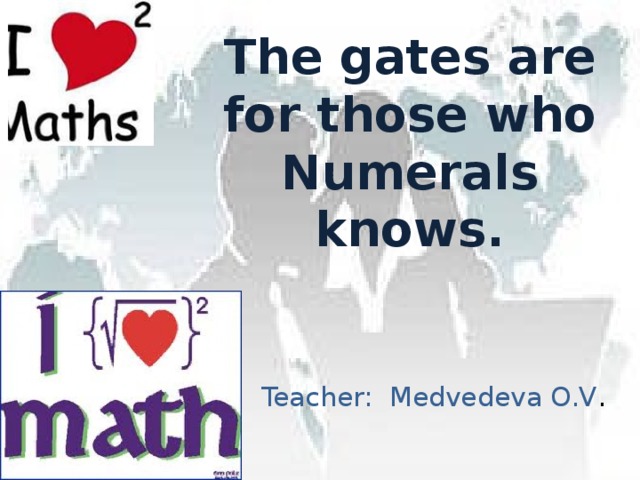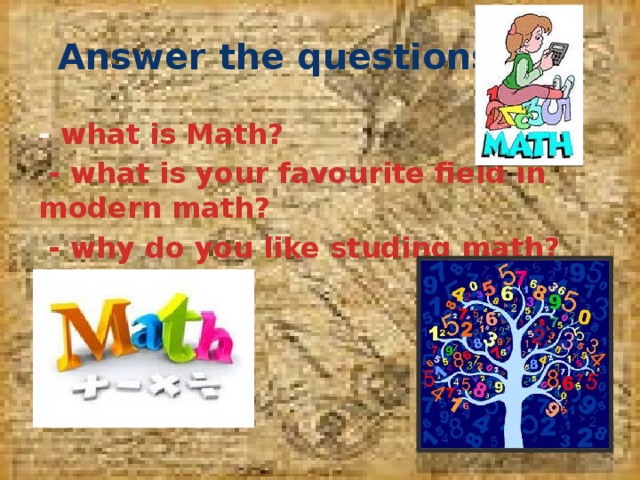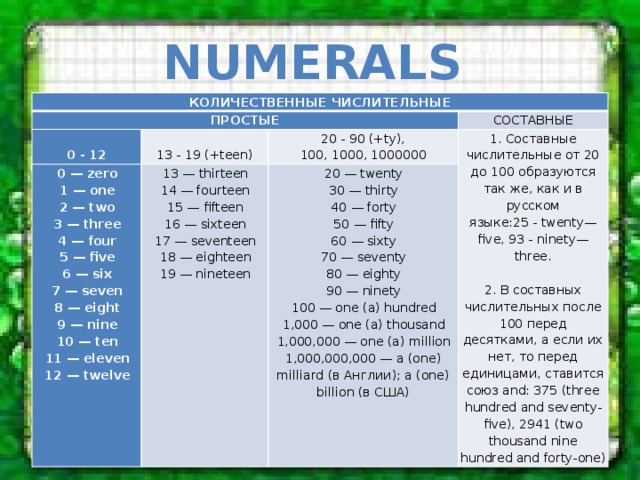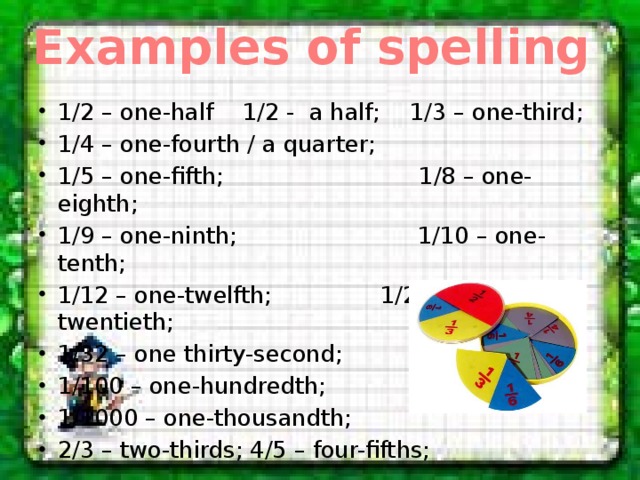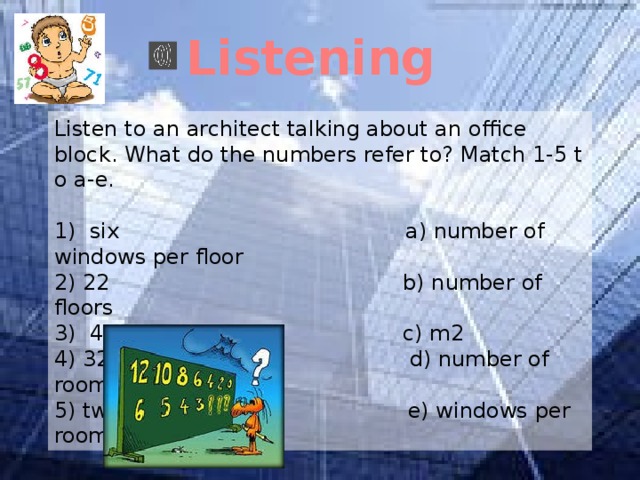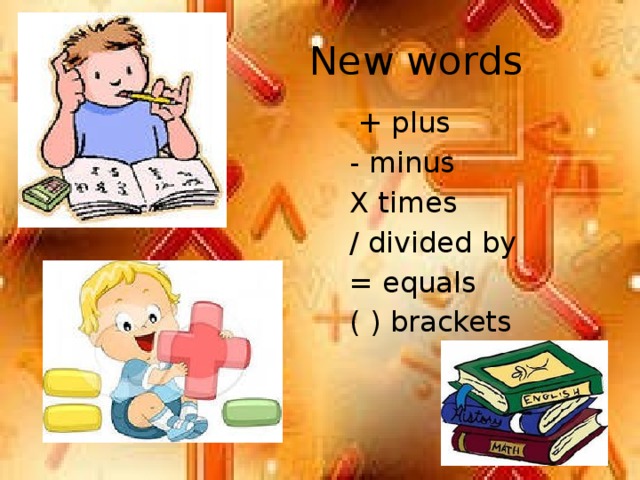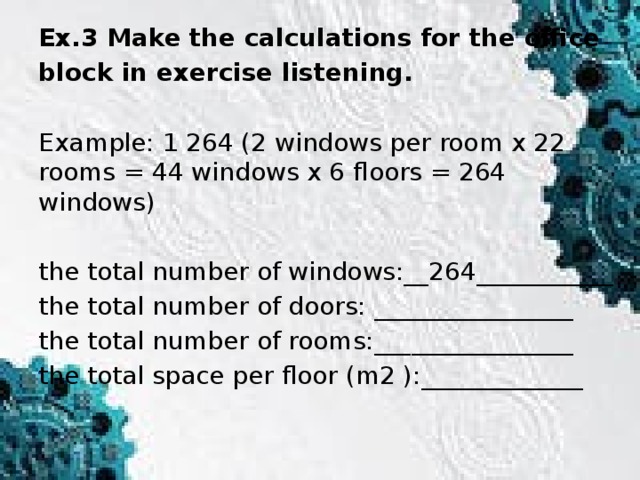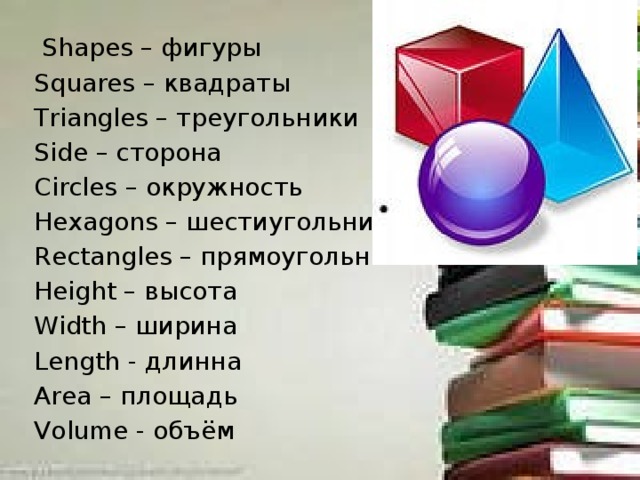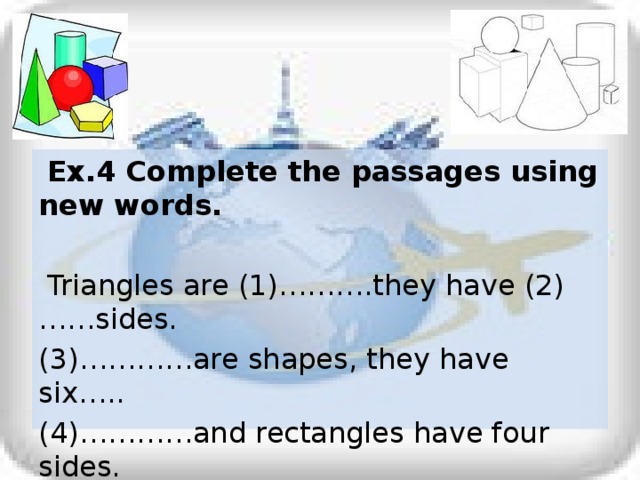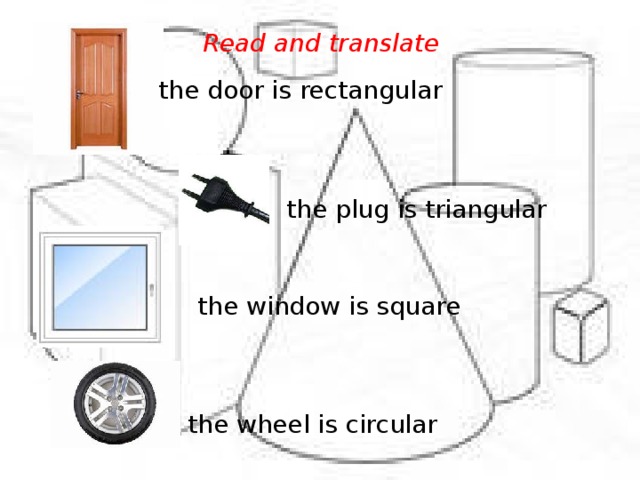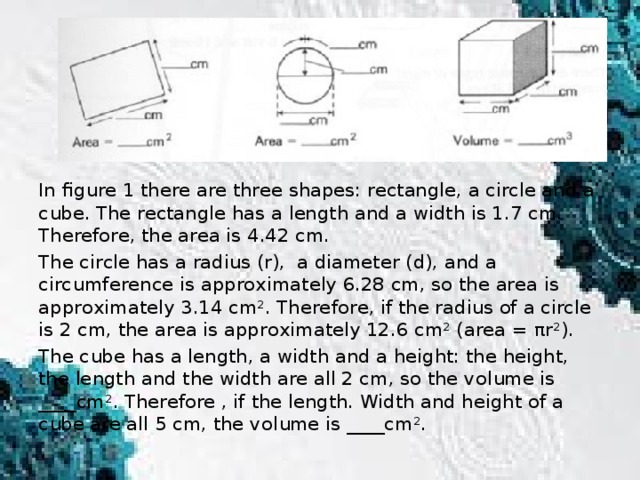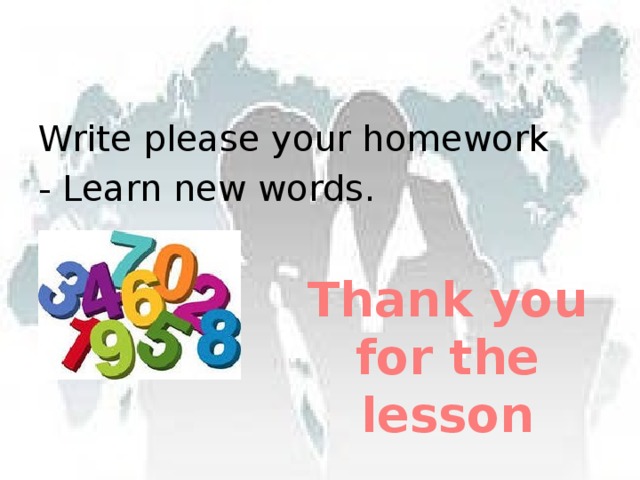Конспект интегрированного урока.
Тема урока: The gates are for those who numerals knows. « Ворота лишь тем открываются, кто с разными цифрами знается».
Предмет – Иностранный язык (английский)
Возраст обучающихся – 14-16 лет - 1 курс учебных заведений начального и среднего профессионального образования.
Разработчик – преподаватель иностранного языка первой квалификационной категории - Медведева Ольга Владимировна.
Образовательное учреждение – ГБОУ НПО РО ПУ№58
Тип урока : интегрированный (английский язык + математика)
Цели урока:
Обучающие:
- формирование математических, лингвистических навыков;
- изучение новой грамматики с точки зрения английского языка;
- практиковать чтение с детальным извлечением прочитанной информацией;
- практиковать употребление новой лексики.
Развивающие:
- развивать меж предметные связи английский и математика;
- развивать навыки аудирования;
- развитие речи, логического мышления;
- развитие способности наблюдать.
Воспитательные:
- эстетическое воспитание учащихся;
- формирование представлений о взаимосвязи точных и гуманитарных дисциплин;
- воспитание у учащихся умение слушать своих одноклассников и учителя, развитие навыков самостоятельной работы, формирование навыков взаимоконтроля.
Техническое оснащение урока: компьютер, интерактивная доска, мультимедиа проектор, презентация к уроку прилагается.
Ход урока:
Организационный момент. (слайд 1)
Good morning, children! I hope you are all feeling well today. Now I want to tell you the theme of our lesson. It’s The gates are for those who numerals knows.
(Доброе утро, дети! Я надеюсь, вы сегодня себя хорошо чувствуете. Сейчас я вам хочу сообщить тему урока: « Ворота лишь тем открываются, кто с разными цифрами знается».)
Now I want that you say me what is our lesson about?
(А сейчас скажите мне пожалуйста как выдумаете, о чём наш урок?)
(дети высказывают предположения)
Речевая зарядка. (слайд 2)
Let’s answer the questions. (давайте ответим на вопросы):
- what is Math?
- what is your favourite field in modern math?
- why do you like studing math?
Дети отвечают на вопросы.
Введение грамматического материала. (слайд 3)
Имена числительные. Способы образования числительных. Прочтение числительных на английском.
Именем числительным называется часть речи, которая обозначает количество или порядок предметов. ( с точки зрения русского языка)
Имена числительные делятся на количественные (Cardinal Numerals) и порядковые (Ordinal Numerals).
Количественные числительные обозначают количество предметов и отвечают на вопрос how many? сколько? Например: one один, two два, three три и т. д.
Порядковые числительные обозначают порядок предметов и отвечают на вопрос which? который? Например: first первый, second второй, third третий и т. д.
Все числительные делятся количественные и порядковые.
The Numerals represent an unchangeable part of speech.
The numerals by their meaning are divided into the following parts
- Cardinal - how many? etc
- Ordinal - which? (ая, ое, ые) - первый, первая, первое, первые, десятый etc
- Fractional - 1/2 (одна вторая), 3/4 (три четвертых), 0,1 (ноль целых две десятых).
- Collective - двое, трое, четверо.
The numerals can be:
- Simple - два, тысяча, миллион
- Compound - одиннадцать, двадцать
- Composite - двести пятьдесят три, двести пятьдесят третья
| КОЛИЧЕСТВЕННЫЕ ЧИСЛИТЕЛЬНЫЕ |
| ПРОСТЫЕ | СОСТАВНЫЕ |
|
0 - 12 |
13 - 19 (+teen) | 20 - 90 (+ty), 100, 1000, 1000000 | 1. Составные числительные от 20 до 100 образуются так же, как и в русском языке:25 - twenty—five, 93 - ninety—three.
2. В составных числительных после 100 перед десятками, а если их нет, то перед единицами, ставится союз and: 375 (three hundred and seventy-five), 2941 (two thousand nine hundred and forty-one) |
| 0 — zero 1 — one 2 — two 3 — three 4 — four 5 — five 6 — six 7 — seven 8 — eight 9 — nine 10 — ten 11 — eleven 12 — twelve | 13 — thirteen 14 — fourteen 15 — fifteen 16 — sixteen 17 — seventeen 18 — eighteen 19 — nineteen | 20 — twenty 30 — thirty 40 — forty 50 — fifty 60 — sixty 70 — seventy 80 — eighty 90 — ninety 100 — one (a) hundred 1,000 — one (a) thousand 1,000,000 — one (a) million 1,000,000,000 — a (one) milliard (в Англии); a (one) billion (в США) |
ПОРЯДКОВЫЕ ЧИСЛИТЕЛЬНЫЕ
Порядковые числительные образуются от соответствующих количественных числительных путем прибавления суффикса th: seven — seventh седьмой, twenty-four — twenty-fourth двадцать четвертый.
ПРАВИЛА ОБРАЗОВАНИИЯ ПОРЯДКОВЫХ ЧИСЛИТЕЛЬНЫХ
В составных порядковых числительных суффикс -th присоединяется к последнему слову the forty-sixth сорок шестой
Перед порядковыми числительными обычно употребляется определенный артикль the tenth десятый
Десятки, имеющие конечное -y, меняют его на -ie-
ninety девяносто - ninetieth девяностый
ИСКЛЮЧЕНИЯ
the first первый, the second второй, the third третий, the fifth пятый, the ninth девятый, the twelfth двенадцатый
T: In numbers written as words in British English, the conjunction "and" is used before tens, or before ones if there are no tens, starting with hundreds: one hundred and twenty-three (123); four hundred and seven (407); three thousand five hundred and thirty-eight (3,538); seventy-three thousand and five (73,005); five million three hundred thousand and fifty (5,300,050).
(В числительных, написанных словами в британском английском, союз "and" употребляется перед десятками, или перед единицами, если нет десятков, начиная с сотен: one hundred and twenty-three (123); four hundred and seven (407); three thousand five hundred and thirty-eight (3,538); seventy-three thousand and five (73,005); five million three hundred thousand and fifty (5,300,050)).
The numerator of the fraction is expressed by a cardinal numeral, and the denominator is expressed by an ordinal numeral. The suffixes "rd, th, ths" are not written in the denominator of the fractions written in figures (1/3; 1/5; 3/7), but such fractions are pronounced in the same way as fractions written in words (one-third; one-fifth; three-sevenths).
Числитель дроби выражается количественным числительным, а знаменатель выражается порядковым числительным. Суффиксы "rd, th, ths" не пишутся в знаменателе дробей, написанных цифрами (1/3; 1/5; 3/7), но такие дроби произносятся так же, как и дроби, написанные словами (one-third; one-fifth; three-sevenths).
Note
It is interesting to note that the numeral is not a part of speech in English. The word "numerals" in English sources refers mostly to figures (not words). Words like "three, six, twenty, forty-five, hundred, third, sixth, twentieth, forty-fifth, hundredth" are nouns and adjectives in English.
(Интересно отметить, что числительное не является частью речи в английском языке. Слово "numerals" в английских источниках имеет в виду в основном цифры (а не слова). Слова типа "three, six, twenty, forty-five, hundred, third, sixth, twentieth, forty-fifth, hundredth" – существительные и прилагательные в английском языке.) (слайд 4)
4. Актуализация знаний и навыков. (слайд 5)
Ex.1. Say these numbers. Then listen and cheek your answers.
56, 13, 34, 30, 89, 14, 63, 40, 76, 16, 21, 60
Ex.2. Write these numbers.
Twenty – three –
Fourty – one –
Sixty – nine –
Eighteen –
Fifty- seven –
One hundred and seventy - one –
5.Развитие навыков аудирования. (слайд 6)
Listen to an architect talking about an office block. What do the
numbers refer to? Match 1-5 t o a-e.
1) six a) number of windows per floor
2) 22 b) number of floors
3) 44 c) m2
4) 32 d) number of rooms per floor
5) two e) windows per room
6. Введение нового лексического материала. (слайд 7)
Now let’s learn new words.
+ plus
- minus
X times
/ divided by
= equals
0 brackets
7. Активизация лексических и грамматических навыков в речи.
(слайд 8)
Ex.3 Make the calculations for the office block in 6.
Example: 1 264 (2 windows per room x 22 rooms =
44 windows x 6 floors = 264 windows)
the total number of windows: __264___________
the total number of doors: ________________
the total number of rooms:________________
the total space per floor (m2 ):_____________
8. Вступление учителя математики.
Как известно, в строительстве немаловажную роль играют и фигуры.
 - фигура, состоящая из трёх сторон, и трёх углов.
- фигура, состоящая из трёх сторон, и трёх углов.
 - фигура , состоящая из шести углов, и шести сторон.
- фигура , состоящая из шести углов, и шести сторон.
 - прямоугольник, фигура имеющая 4 стороны, у которых противоположные стороны равны
- прямоугольник, фигура имеющая 4 стороны, у которых противоположные стороны равны
 - квадрат, фигура, состоящая из 4 сторон и 4 углов, которые между собой равны.
- квадрат, фигура, состоящая из 4 сторон и 4 углов, которые между собой равны.
9. Введение новой лексики. (слайд 9)
Ok, Let’s learn another new words.
Shapes – фигуры
Squares – квадраты
Triangles – треугольники
Side – сторона
Circles – окружность
Hexagons – шестиугольник
Rectangles – прямоугольник
Height – высота
Width – ширина
Length - длинна
Area – площадь
Volume – объём
(слайд 10,11)
10. Выполнение упражнений. Vocabulary work. (слайд 12)
Ex.4 Complete the passages using new words.Дополните пропуски в предложениях новыми словами.
Triangles are (1)……….they have (2)……sides.
(3)…………are shapes, they have six…..
(4)…………and rectangles have four sides.
Circles are shapes, but (5)…..do not have sides.
Ex.5. Read and translate. Прочитайте и переведите. (слайд 13)
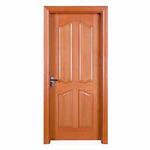 - the door is rectangular
- the door is rectangular
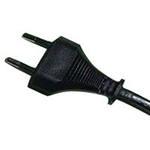 - the plug is triangular
- the plug is triangular
 - the window is square
- the window is square
 - the wheel is circular
- the wheel is circular
11. Reading for specific information. (слайд 14)
Complete the figure.

Figure1
In figure 1 there are three shapes: rectangle, a circle and a cube. The rectangle has a length and a width is 1.7 cm. Therefore, the area is 4.42 cm.
The circle has a radius (r), a diameter (d), and a circumference is approximately 6.28 cm, so the area is approximately 3.14 cm². Therefore, if the radius of a circle is 2 cm, the area is approximately 12.6 cm² (area =  ).
).
The cube has a length, a width and a height: the height, the length and the width are all 2 cm, so the volume is ____cm². Therefore , if the length. Width and height of a cube are all 5 cm, the volume is ____cm².
12. Подведение итогов урока. (слайд 15)
I’m afraid it’s time to stop. Let’s summarize. What have you known at the lesson? (ребята озвучивают основные моменты, о чём они узнали на уроке.
I give you five to… Я ставлю пятёрки…
Write please your homework - Learn new words. Запишите д/з – выучить новую лексику.
 - фигура, состоящая из трёх сторон, и трёх углов.
- фигура, состоящая из трёх сторон, и трёх углов. - фигура , состоящая из шести углов, и шести сторон.
- фигура , состоящая из шести углов, и шести сторон. - прямоугольник, фигура имеющая 4 стороны, у которых противоположные стороны равны
- прямоугольник, фигура имеющая 4 стороны, у которых противоположные стороны равны - квадрат, фигура, состоящая из 4 сторон и 4 углов, которые между собой равны.
- квадрат, фигура, состоящая из 4 сторон и 4 углов, которые между собой равны.




 ).
).